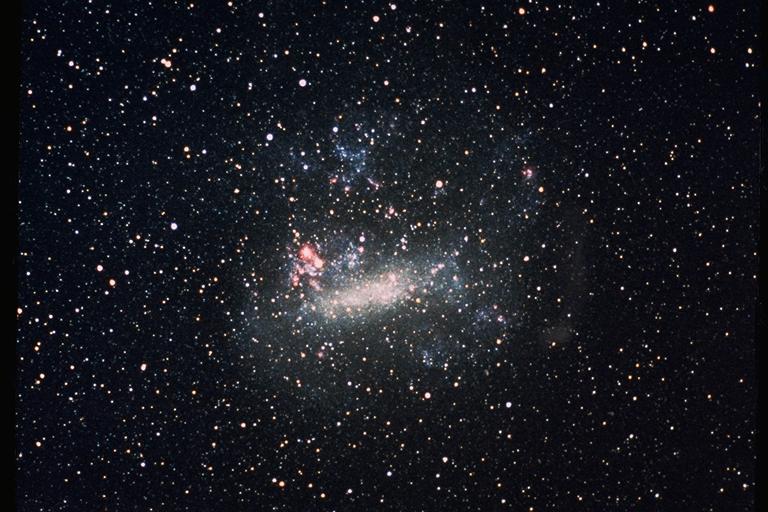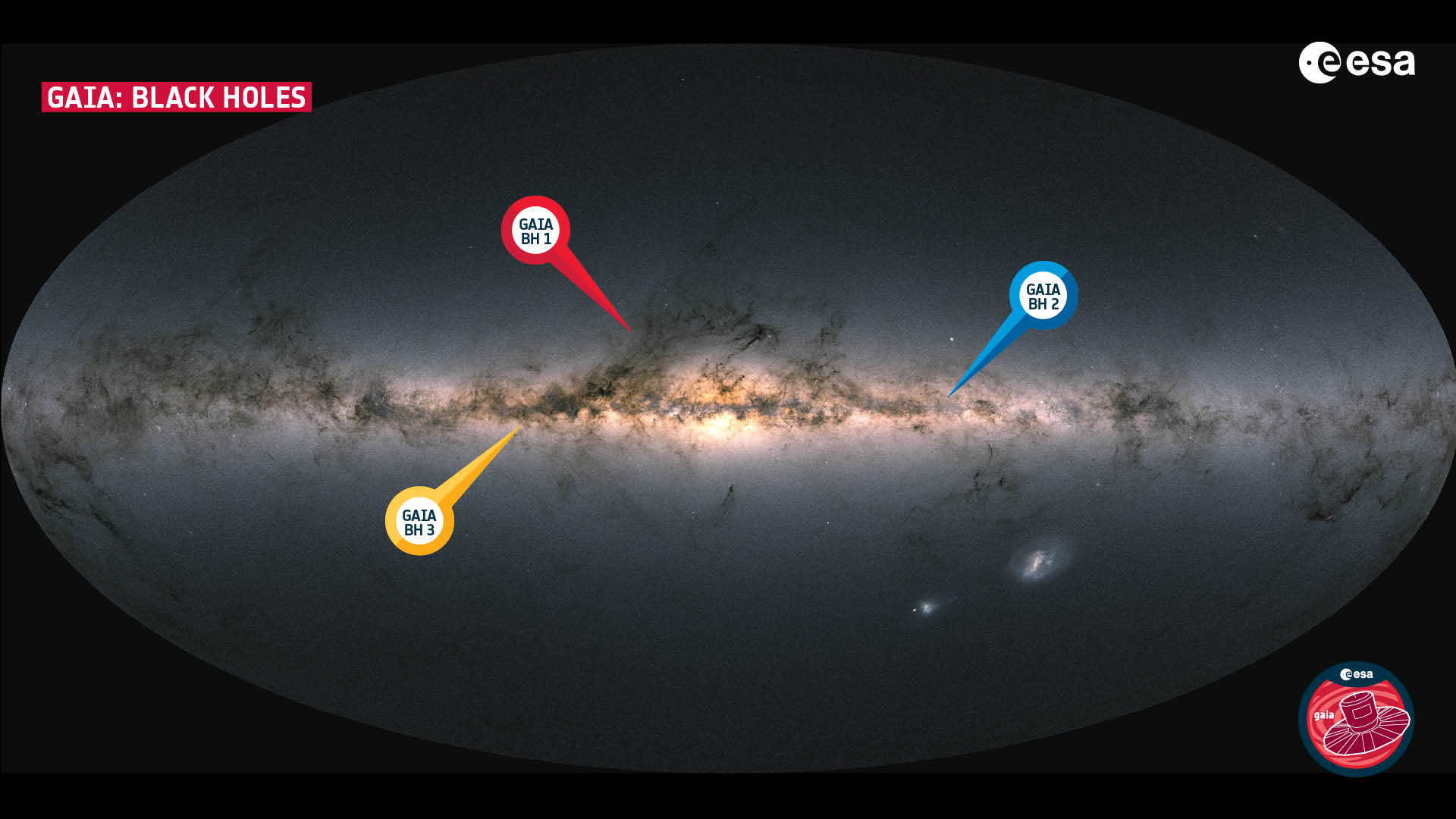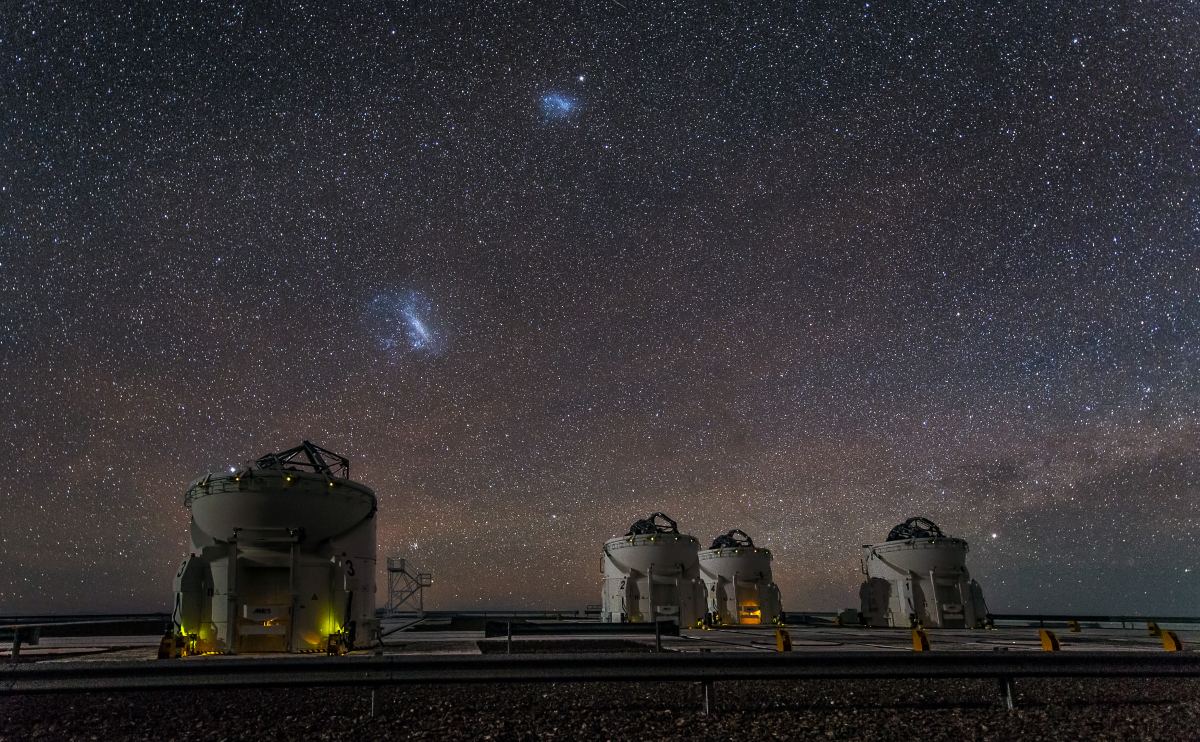At first glance, the universe and night sky seem largely unchanging. The reality is very different, even now, a gas cloud is charging toward the Milky Way Galaxy and is expected to crash into us in 27 million years. A team of astronomers hoping to locate the exact position of the expected impact site have been unsuccessful but have accidentally measured the thickness of the Milky Way! Analysing radio data, they have been able to deduce the thickness of the inner and outer regions and discovered a dramatic difference between the two.
Continue reading “The Inner and Outer Milky Way Aren’t the Same Thickness, and that’s Surprising”The Inner and Outer Milky Way Aren’t the Same Thickness, and that’s Surprising










